Rising Energy Prices
The Global Fracking Chemicals Market Industry is also influenced by the fluctuations in energy prices. As oil and gas prices rise, the economic viability of fracking becomes more attractive, prompting increased exploration and production activities. Higher energy prices incentivize operators to invest in fracking technologies and the associated chemicals necessary for extraction. This dynamic is particularly evident in regions where conventional oil production is declining, making fracking a more appealing option. Consequently, as energy prices continue to fluctuate, the demand for fracking chemicals is likely to experience corresponding increases, further propelling market growth.
Market Growth Projections
The Global Fracking Chemicals Market Industry is projected to witness substantial growth over the next decade. With a market value of 30.5 USD Billion in 2024 and an anticipated increase to 50.2 USD Billion by 2035, the industry is poised for a robust expansion. This growth is underpinned by a CAGR of 4.63% from 2025 to 2035, reflecting the increasing reliance on fracking as a method of oil and gas extraction. The market dynamics are influenced by various factors, including technological advancements, regulatory support, and the ongoing demand for energy. These projections suggest a promising future for the fracking chemicals sector.
Regulatory Support for Fracking
Regulatory frameworks are evolving to support the Global Fracking Chemicals Market Industry, as governments recognize the economic benefits of domestic energy production. In many regions, policies are being implemented to streamline the permitting process for fracking operations, thereby encouraging investment. This regulatory support is crucial in regions like the United States, where fracking has significantly boosted local economies and job creation. As regulatory environments become more favorable, the demand for fracking chemicals is expected to rise, facilitating the growth of the market. This trend indicates a potential for increased production and consumption of fracking chemicals in the coming years.
Increasing Demand for Natural Gas
The Global Fracking Chemicals Market Industry is experiencing a surge in demand for natural gas, driven by its role as a cleaner alternative to coal and oil. As countries strive to reduce carbon emissions, natural gas is increasingly viewed as a transitional fuel. In 2024, the market is projected to reach 30.5 USD Billion, reflecting this growing preference. The shift towards natural gas is particularly evident in regions such as North America and Europe, where regulatory frameworks are evolving to support its use. This trend is likely to bolster the fracking chemicals market, as enhanced extraction techniques require specialized chemical formulations.
Global Energy Transition Initiatives
The Global Fracking Chemicals Market Industry is being shaped by global energy transition initiatives aimed at reducing reliance on fossil fuels. While there is a push towards renewable energy sources, natural gas remains a key component of the energy mix during this transition. Governments and organizations are recognizing the role of fracking in providing a stable energy supply while renewable technologies are being developed. This dual approach is likely to sustain the demand for fracking chemicals as countries balance their energy portfolios. The market is expected to adapt to these changes, ensuring that fracking remains a viable option in the evolving energy landscape.
Technological Advancements in Fracking
Technological innovations are significantly influencing the Global Fracking Chemicals Market Industry. Enhanced oil recovery techniques and advanced fracking methods, such as horizontal drilling and multi-stage fracturing, are improving extraction efficiency. These advancements not only increase production rates but also reduce environmental impacts, making fracking more sustainable. As a result, the market is expected to grow at a CAGR of 4.63% from 2025 to 2035, reaching an estimated 50.2 USD Billion by 2035. Companies are investing in research and development to create more effective and environmentally friendly fracking chemicals, which is likely to further drive market growth.


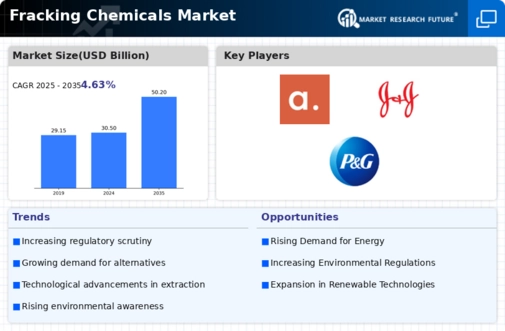
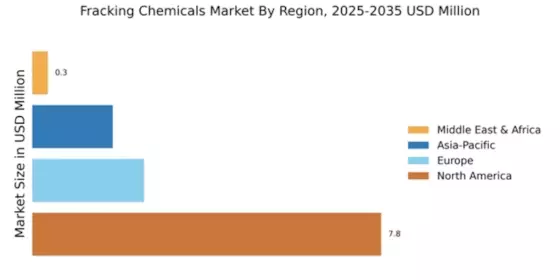

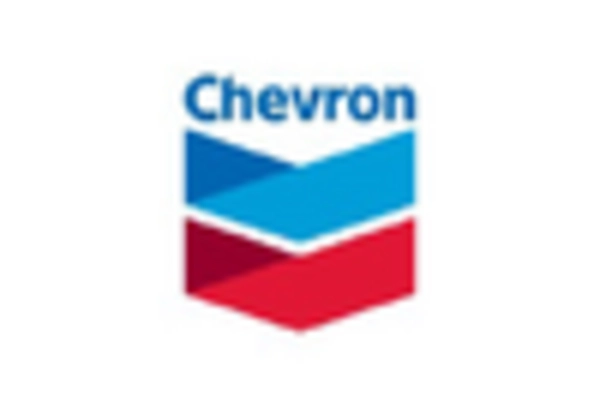
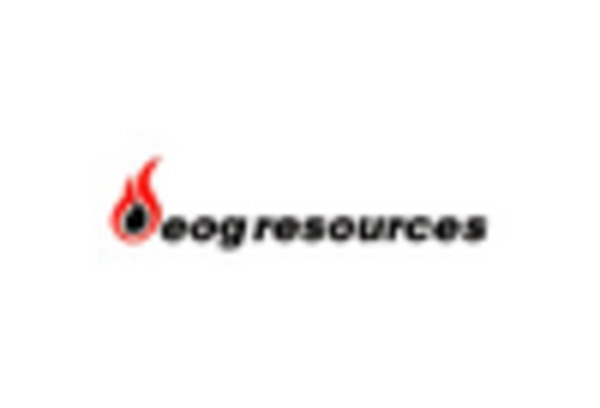
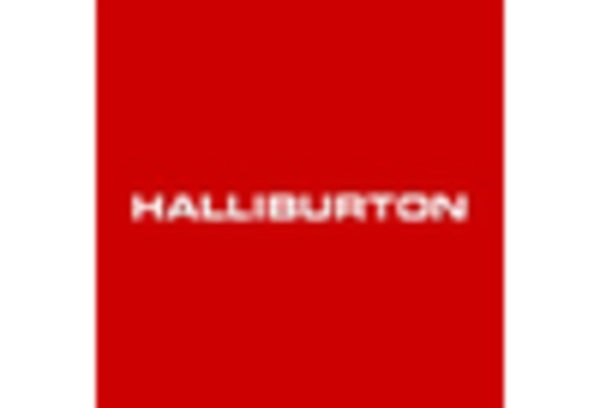
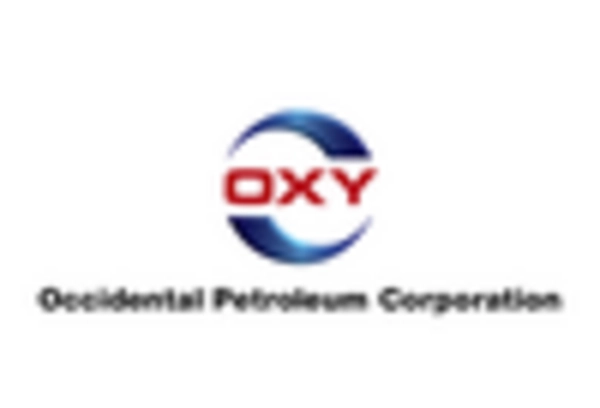
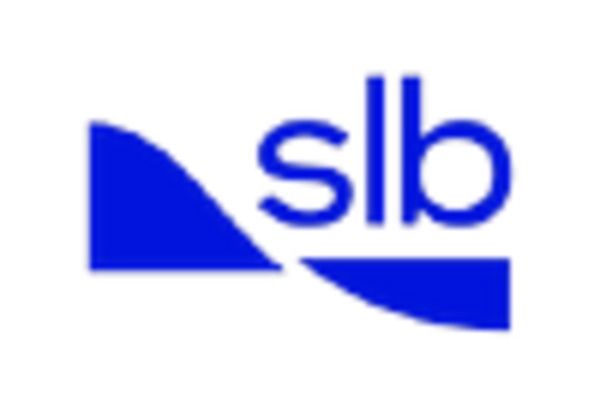








Leave a Comment